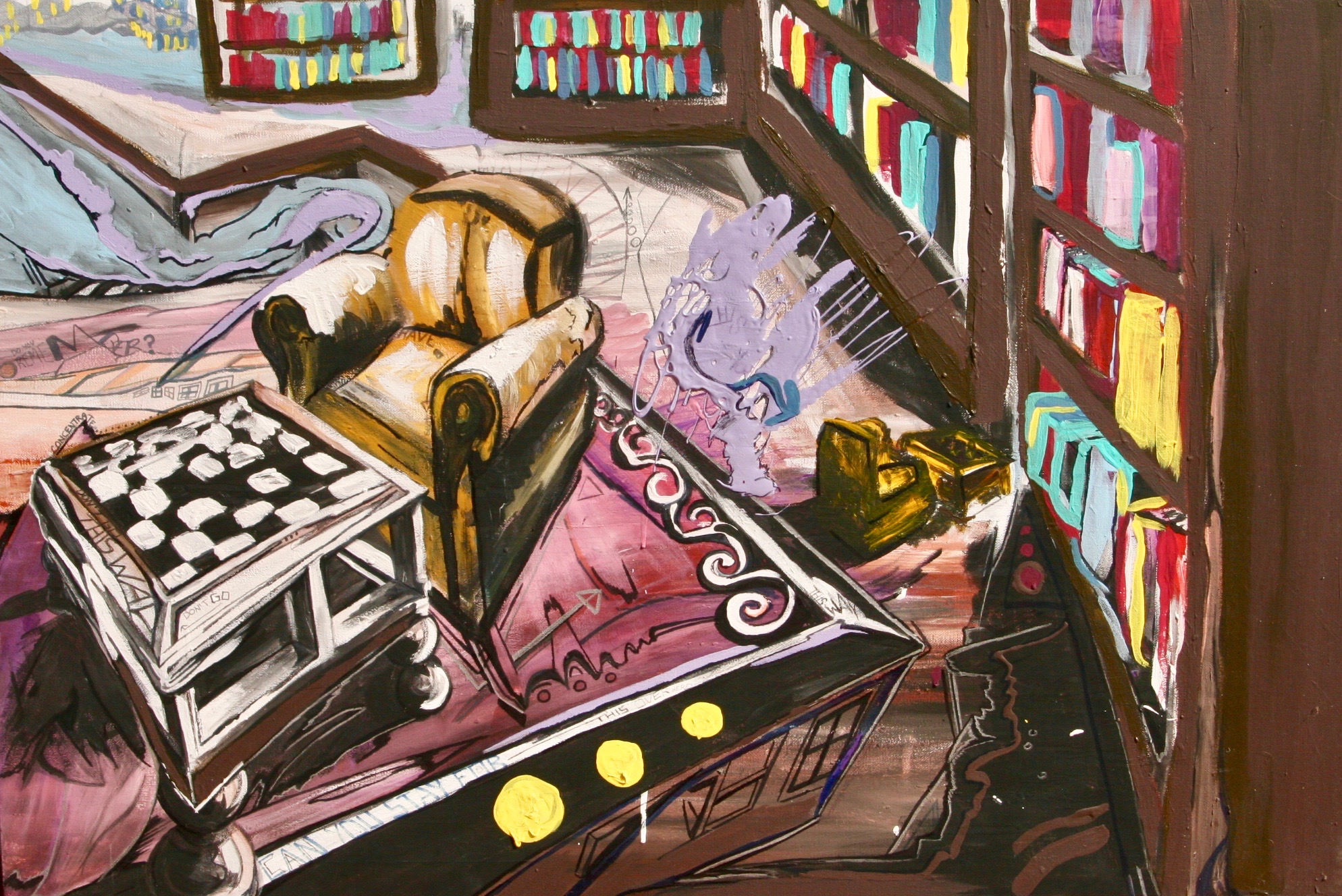Poetry Submission Guidelines
ezzo Cammin welcomes submissions of poetry that pays particular consideration to form. Poems in structured forms are especially welcome, but poems that use form in interesting and experimental ways are also encouraged.
Please submit four-six unpublished poems using our new Submittable portal.
Submission Guidelines for Essays
ezzo Cammin welcomes submissions of essays on any aspect of poetry in form by women. Suggested topics include studies of the work of a single author or group of authors; studies of how women have treated a particular form (such as the sonnet, or experimental forms); or controversies surrounding women writers and form (such as canonization or evolving attitudes toward poetic form).
 |
 Although we do not require essays to focus primarily or exclusively on formal elements of the poetry discussed, we do expect that essay writers will include some commentary on form as a way of illuminating their arguments. Although we do not require essays to focus primarily or exclusively on formal elements of the poetry discussed, we do expect that essay writers will include some commentary on form as a way of illuminating their arguments.
|
|
 |
Although we do not require essays to focus primarily or exclusively on formal elements of the poetry discussed, we do expect that essay writers will include some commentary on form as a way of illuminating their arguments. We do not limit our purview to the twentieth century, or to poetry in English; however, we do ask you to provide translations if you submit an essay on women poets who write in languages other than English. Also, for essays accepted for publication in Mezzo Cammin, we may ask the writer to assist us in obtaining permission to quote coyrighted material. Unfortunately, at this time we do not pay for essays. We plan to run special features on a particular author or topic at least every other issue; the new topic will be announced in the preceding issue. Our preferred length is 5000 words (20 pages) but shorter or longer pieces may be considered. Please follow MLA citation format.
Please submit original, unpublished essays or queries as e-mail attachments in RTF (rich text format), to: evnsanna@comcast.net.
|
|
 |
 |
|
|
|
 |
| Anna Lee Hafer is a studio artist based in the Philadelphia area whose work is heavily influenced by such famous surrealist painters as René Magritte, Salvador Dali, and Pablo Picasso, all of whom strove to build their own realities through small glimpses into a particularly confusing, but utterly unique worldview that dictates its own specific set of instructions. With references to the laws and physics of Alice's Wonderland, the artist challenges the audience's inherent understanding of perspective, reality, and universal order.
In her work, Hafer pours and layers paint to create dimension and texture, mixing different styles and colors onto each other until they produce a 3D effect. Through marker and pencil that create shadow, she further enhances these forms and separates them from the background. Heavier layers and thicker brushstrokes in the foreground of her work push the painting toward the viewer, whereas the thinner layers and small brushstrokes in the background, elongate the space and push away from the viewer. By juxtaposing interior and exterior elements, Hafer makes the audience question whether they are looking at something inside or outside.
For additional information, please visit www.hafer.work.
|
|
|
|
|
|
 |
|
 |
|
|
|
|
